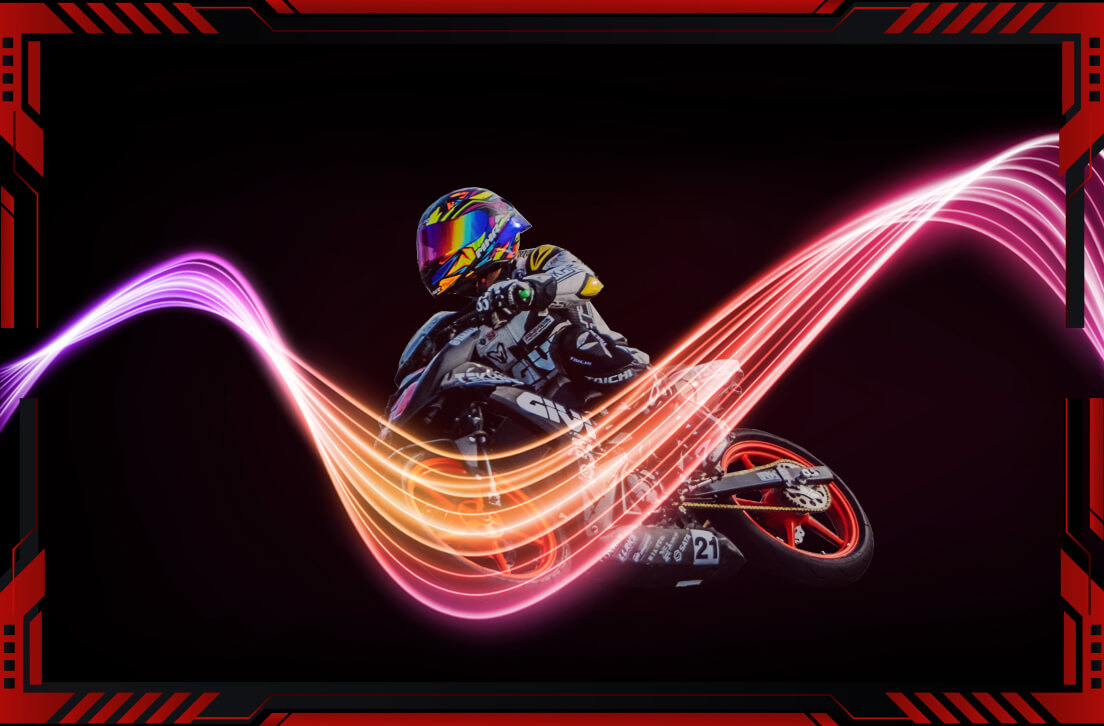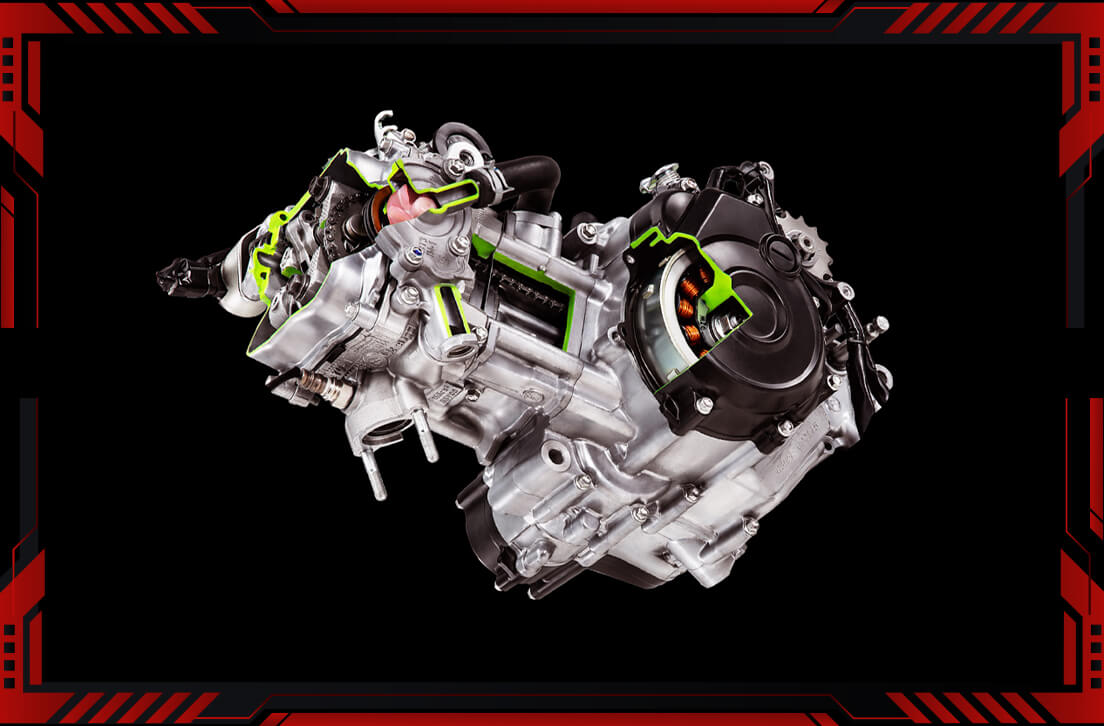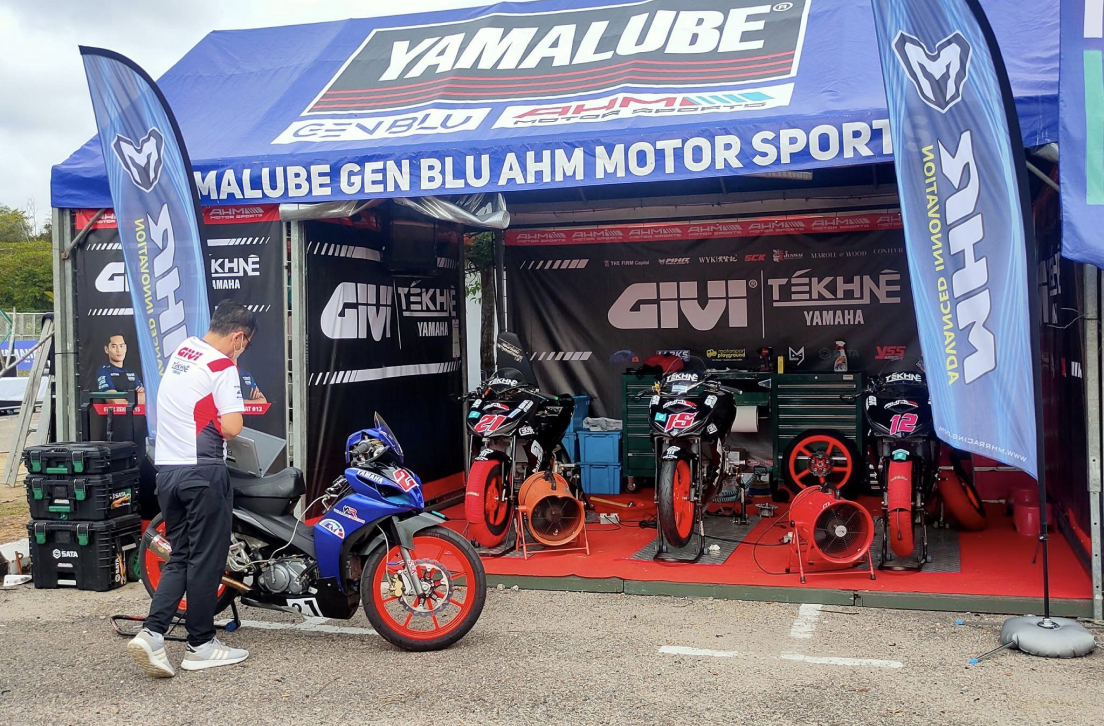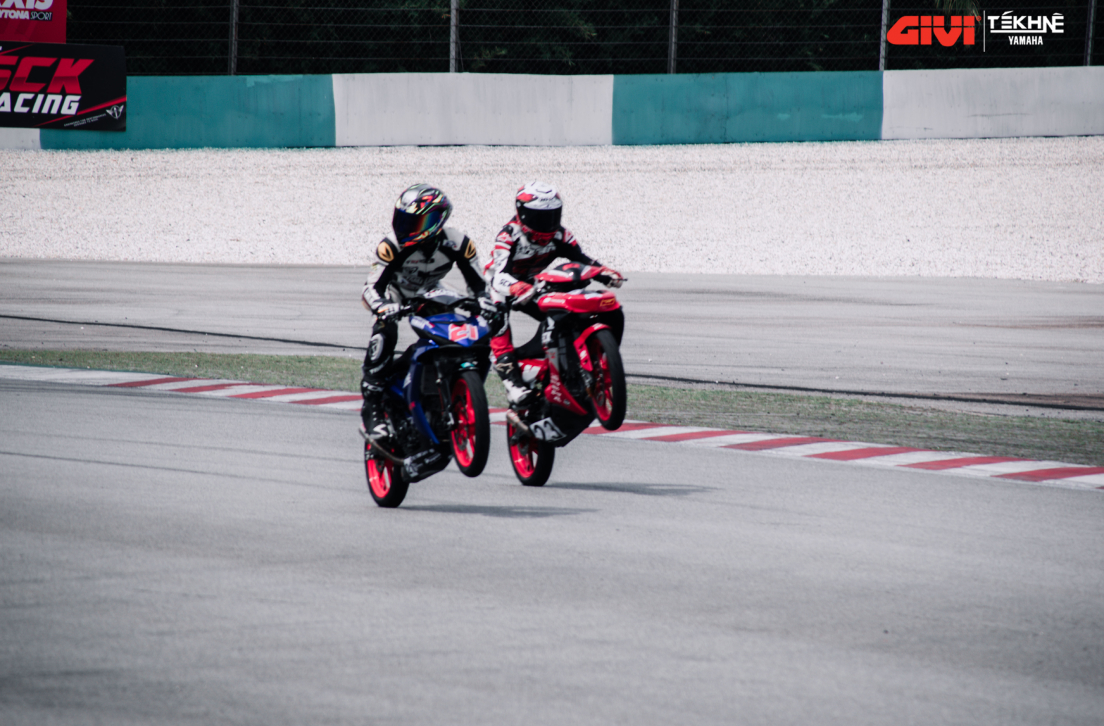Regardless of whether you're looking to develop a never-before-seen concept or need a partner to manufacture top-quality parts, our team is dedicated to sharing your vision and providing worldclass solutions for every sector, including yours. From start-ups to established players, we are there to accompany you along the entire journey, from the earliest concept stage to the development of the finished product and series production.
Thanks to our expert knowledge, cutting-edge technology, and well-coordinated team, we are able to achieve peak performance and help our clients achieve their goals. Whether you are seeking to gain an edge in a competitive market or simply want to leverage the expertise of motor racing, our team is here to help you succeed.
Aerodynamics

Our goal is to achieve victory more quickly and efficiently. Our experts know exactly what it takes to get the best results and develop state-of-the-art aerodynamic solutions. Aerodynamics is one of the most important aspects of motor racing, and it can make all the difference in achieving victory on the track. The science of airflow over a racing bike, aerodynamics involves optimizing the bike's design, shape, and components to reduce drag and increase downforce. This leads to improved speed, handling, and overall performance.
Aerodynamics is critical in motor racing because it directly impacts the bike's speed, acceleration, and cornering ability. The goal is to reduce drag as much as possible to allow the bike to move more efficiently through the air, while also generating downforce to increase traction and grip. Downforce is the force that pushes the bike down onto the track, improving its stability and cornering performance.
AHM team understands the importance of aerodynamics in achieving success on the track. We work closely with our partners and suppliers to incorporate the latest advancements in aerodynamic technology into our bike design, and our team of skilled engineers and technicians is dedicated to optimizing every aspect of our bike's aerodynamics to achieve the best possible performance.
By focusing on aerodynamics, our team is able to achieve greater speed, better handling, and improved overall performance on the track. Our commitment to innovation and optimization is what sets us apart, and we believe that by constantly pushing the limits of aerodynamic technology, we can continue to achieve great success in the world of motor racing.
In summary, aerodynamics is a crucial component of modern motor racing, and investing in research and development to optimize a bike's aerodynamic design can give teams a significant competitive advantage. If you want to learn more about how our team is leveraging the latest advancements in aerodynamics to achieve success on the track, be sure to follow our blog for the latest updates and insights.
Engine technology

In motor racing, engine technology is one of the most critical components for achieving success on the track. The engine is the heart of the bike, and its performance directly affects the bike's speed, power, and reliability. As a result, motor racing teams invest heavily in research and development to push the limits of engine technology and gain a competitive edge.
Today's racing engines are a marvel of engineering, combining advanced materials, cutting-edge technology, and precision manufacturing to produce incredible power and efficiency. Every racing engine is designed with one goal in mind: to deliver maximum performance and reliability.
One of the most important aspects of engine technology in motor racing is the power-to-weight ratio. This ratio determines the engine's ability to produce power while still remaining lightweight and efficient. Racing engines must be both powerful and lightweight to achieve the best possible performance, and teams invest heavily in lightweight materials such as bikebon fiber, titanium, and high-strength alloys to achieve this goal.
In addition to power-to-weight ratio, motor racing teams also focus on improving engine efficiency, reducing friction, and increasing durability. Advances in materials science and precision manufacturing have made it possible to produce engines that are not only more powerful but also more efficient and reliable than ever before.
In addition to power-to-weight ratio, motor racing teams also focus on improving engine efficiency, reducing friction, and increasing durability. Advances in materials science and precision manufacturing have made it possible to produce engines that are not only more powerful but also more efficient and reliable than ever before.
In conclusion, engine technology is an essential part of motor racing, and investing in research and development is critical for achieving success on the track. By pushing the limits of engine technology and incorporating the latest advancements in materials science and engineering, motor racing teams can gain a competitive edge and achieve better results. If you're interested in learning more about engine technology in motor racing, be sure to follow our blog for the latest updates and insights.
Data acquisition and telemetry

In modern motor racing, the difference between winning and losing often comes down to the ability to gather and analyze data. Data acquisition and telemetry systems are essential tools for any motor racing team looking to gain a competitive edge.
Data acquisition systems are used to collect and analyze data from various sensors placed throughout the bike, including speed, acceleration, tire pressure, and engine temperature. This data is then used to make informed decisions on everything from bike setup to race strategy, allowing teams to optimize performance on the track.
Telemetry, on the other hand, involves transmitting real-time data from the bike to the pits during a race. This data is then analyzed by engineers and technicians who can make adjustments to the bike on the fly, improving performance and giving the driver a better chance of success.
At AHM team, we understand the critical role that data acquisition and telemetry play in achieving success on the track. Our team of skilled engineers and technicians works closely with our partners to incorporate the latest data acquisition technology into our bikes, allowing us to collect and analyze data in real-time during practice, qualifying, and racing.
With the ability to collect and analyze data from multiple sensors in real-time, our team can make adjustments on the fly, improving the bike's performance and giving our driver a competitive edge. This allows us to constantly fine-tune our bike's setup and strategy, ensuring that we are always operating at peak performance.
In summary, data acquisition and telemetry systems are essential tools for any motor racing team looking to gain a competitive edge. By leveraging the latest advancements in data acquisition technology, our team is able to constantly optimize our bike's performance and stay ahead of the competition. If you want to learn more about how we use data acquisition and telemetry to achieve success on the track, be sure to follow our blog for the latest updates and insights.
Simulation and modeling

In motor racing, the difference between success and failure can often come down to the ability to predict performance with accuracy. That's where simulation and modeling come in – these tools allow us to predict how our bike will perform on the track under different conditions, allowing us to optimize setup and strategy.
Simulation involves creating a digital model of the bike and running it through a virtual test track to gather data on performance. This data can then be used to fine-tune the bike's setup, test different strategies, and identify potential issues before they become real problems.
Modeling, on the other hand, involves creating a mathematical model of the bike and using it to predict how the bike will perform under different conditions. This allows us to test different scenarios and strategies in a controlled environment, providing us with valuable insights into how we can optimize our bike's performance on the track.

At AHM team, we understand the critical role that simulation and modeling play in achieving success on the track. Our team of skilled engineers and technicians works closely with our partners to incorporate the latest simulation and modeling technology into our bikes, allowing us to predict performance with greater accuracy and optimize our setup and strategy accordingly.
With the ability to simulate and model different scenarios and strategies, we are able to constantly fine-tune our bike's setup and stay ahead of the competition. This allows us to stay on the cutting edge of motor racing technology and continuously improve our performance on the track.
In summary, simulation and modeling are essential tools for any motor racing team looking to gain a competitive edge. By leveraging the latest advancements in simulation and modeling technology, our team is able to predict performance with accuracy and optimize our bike's setup and strategy accordingly. If you want to learn more about how we use simulation and modeling to achieve success on the track, be sure to follow our blog for the latest updates and insights.




